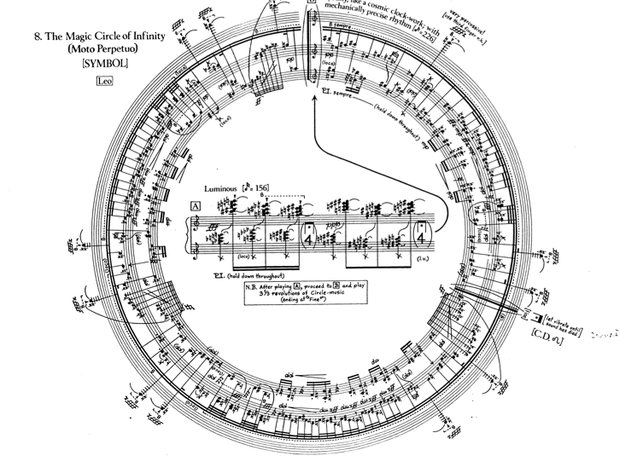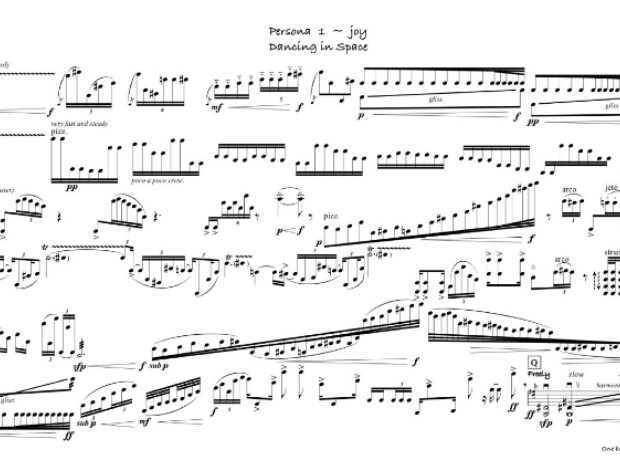User:Karina/graduation project: Difference between revisions
No edit summary |
No edit summary |
||
| Line 61: | Line 61: | ||
<br> | <br> | ||
Classic FM: [http://www.classicfm.com/discover-music/latest/graphic-scores-art-music-pictures/ Art and music collide in these 20 stunning graphic scores] | Classic FM: [http://www.classicfm.com/discover-music/latest/graphic-scores-art-music-pictures/ Art and music collide in these 20 stunning graphic scores] | ||
<br> | |||
<br> | <br> | ||
Crumb - Twelve Fantasy-Pieces after the Zodiac for Amplified Piano | Crumb - Twelve Fantasy-Pieces after the Zodiac for Amplified Piano | ||
<br> | <br> | ||
http://assets4.classicfm.com/2013/40/crumb---twelve-fantasy-pieces-after-the-zodiac-for-amplified-piano-1381310574-view-0.png | http://assets4.classicfm.com/2013/40/crumb---twelve-fantasy-pieces-after-the-zodiac-for-amplified-piano-1381310574-view-0.png | ||
<br> | |||
<br> | <br> | ||
<br> | <br> | ||
Revision as of 13:39, 27 September 2017
notes from CAPTURING MEMORIES IN TIME
previous written piece: Time Perception in Dance
27 SEPT
Feedback from Michael
methodology is good
"Perspective is worth 80 IQ points" - Alan Kay
John Cage

- Alan Kay - Doing with Images (pt.2 11:45)
- computers as theatre - Laurel
- mathematics v.s. human (duality) not so black and white
- not separate things, that's too simplified
- reinforcing a cliche that's not true
- should be connecting structure with fluidity
- third leg connecting the two sides: structure - third leg (whatever it may be) - fluidity
aim?: does this connection help us see / learn things?
Alan Kay related to Seymour Papert
Talking Turtle
is notation written from a perspective of the floor or the body?
Joanna wiki!
her struggle: friction between web design and dance
challenging to show it in fresh perspective
not describing dance and time, but using it (a tool) to show something else
'mark up language using dance and music to teach someone to dance' instead of 'making new dance notation'
have implications to something else: flex box? grids? how could that be informed from Cage or choreographically sense? cross dimension
humour in Special Issue 02
communication & interaction
want to use that essence in graduation project
look up and play around with temporality / sketches with time
Classic FM: Art and music collide in these 20 stunning graphic scores
Crumb - Twelve Fantasy-Pieces after the Zodiac for Amplified Piano

Antosca - One Becomes Two

25 SEPT
Feedback from Andre
- Tino Sehgal
- aaaaan.net (interview)
- human to human interface
- archiving visuals is only a part of it
- what is communicate during dance? movement? feeling?
- Tino - to make time appear
So far topics covered:
dance & time
dance & language
dance & notation
time & language ✓
language & notation ✓
notation & time ✓
time & language & notation - might be too much?
- side note:
- music as blueprint
- musicality & dynamics
- interaction / dialogue
silence: lectures & writing
John Cage - Lecture on Nothing
What is he trying to transmit using a score? Remember he is a musician
23 SEPT
Perception Of Time
clocks
Levine's clock v.s. event time
differences in culture / langage?
experiment / anecdote / own perception / interview with Italian friends (who lived abroad for the past few years) about their time perception compared to their familys' back at home
Bergsonian v.s. Newtonian time
describing time
Graphical Notation
- scores
- dance mats v.s. Labanotation
- spatial orientation (with time)
- experiment: spatial + rhythm
- the need for notation (publishing and archiving)
Memory and Flow
- Kandel's sea slugs & Milner's memory types
- muscle memory
- experiment: Jive mix up (challenging flow and muscle memory)
- Csiksgentmihalyi's flow
- experiment: experiencing flow in new dance style
- interviewa: tools for flow and memory
- comparisons of dance school methods / communication
Archiving as a Means of Communication
- video archives, difficult to learn from
- swing near death: Frankie & Norma
- word of mouth, social dancing as a language
language has a structure, but is fluid
relate back to paradox of perception of time in dance & paradox of capturing (archiving) something you can only experience
20 SEPT
"How to build intimacy?" - Giulia about Anna's work, but relevant question for me too
larger context:
- swing almost died out. Frankie Manning and Norma Miller brought it back in the 90s
- dance passed down from person to person, if not archived, the dance language is at risk of disappearing
- urgency (of old project with Sean)
- archive interaction / capturing a moment in time
- transcribe (filmed and physical) dance into graphics
what do you want to achieve with the audience? make them curious, guilty, excite them?
Feedback from Malroes
- parkinsons (MS?) dance class
- "kick the ball" command and the patients use muscle memory to perform actions / moves
- Anna: get text on paralysed woman
- how to make experiments include other people? aimed at other people?
- experience v.s. imposed system
- paradox: capture something you can only experience
- songlines
---
"kick the ball" experiment
film individuals 'dance' instructions based on muscle memory
compare how similar they are (comparing sheep illustrations)
- brush teeth
- kick ball
- jumping jacks (you need to know what it means, but most people know)
- kick-bull-chase (you need to know dance lingo)
---
Small feedback from Steve
- cognitive science
- cognition in the wild (book)
- situated turn in cognitive science
chapter (experiment #1: clock v.s. event time
expand on clocks / systems / power / paradox
19 SEPT
dance, like music, has a structure
music is a language
dance is another, that uses the language of music as a blueprint
help find a way to understand that language / style / atmosphere / structure
different dance styles = different culture / language
swing can be compared to 'family' languages (Slavic) that is broken down to other languages (Lindy Hop, Charleston, East Coast Swing, Balboa)
borrowed vocabulary due to history and politics (plenty examples in Swing: Frankie 6s, American Spin (Jive), The sailor step, Barrel roll)
List of Lindy Hop moves
if dance is a language, is it publishing something?
decoding dance
visualising dance in a different way (infographics)
18 SEPT
who / why would anyone care?
dance is a language
I want to teach it, make it easier for people to learn / understand
"creating a culture"
- swing society
- look historically
- swing kids? (not language, not big aim)
"articulation"
Feedback from Aymeric
- define / articulate the field, topic and approach
- stalinist / orwelian memory
- Deneet - cultures explained
- compare schools together (Wesselling v.s. Swing in Rhythm)
- method + culture (atmosphere)
- talk about the dancers themselves
- cultural codes
- mention backgrounds and values?
- Giulia: some countries girls / women are meant to know how to dance (Italy)
- Emily: bird's eye view / marking space before dancing
- code that forms harmony
- spacial awareness
- non-verbal communication
- culture of school, culture of dancers
cultural interaction while I was on stage for Special Issue 02 - dancers & audience laughing
aim isn't to become a better dance teacher, but the research will help me either way
13 SEPT
Feedback from Steve
Before starting PZI I was planning to look into digital publishing, interactive PDFs, change in technology and publishing, print vs digital. My thesis would have probably been an analysis of a section of publishing.
At the moment I feel that would be too simple. I'm more interested in creating something I might not get a chance to in the future: a large-scale installation / experience. This would not use a traditional publishing method as a means of communicating my research.
Do I stick to a topic that interests me and use publishing as a means, rather than analyse publishing itself?
- dance notation is a form of communication / publishing
- experiments as research method
- look at Victor's (fine art) thesis - diagrams
- editorial: how will yo present experiments (event? publication?)
- discrete things & how they come together?
- my practise addresses this, this and that
- these things create chapters, which allow for development
- literacy / non-verbal communication
- Sean v.s. new dance partners
- being a good lead or follow. listening communicating signs / signals. communicating by touch
- notation as a means of instruction
- aim: what am I doing? what do I want to make out of it?
Next steps:
- look through previous experiments
- where will they take me? what experiment will flow next? don't stress, it'll flow
- experiment 1: time perception
- experiment 2: rhythm and notation
- experiment 3: flow
- experiment 4: memory and senses?
- experiment 5: archive?
